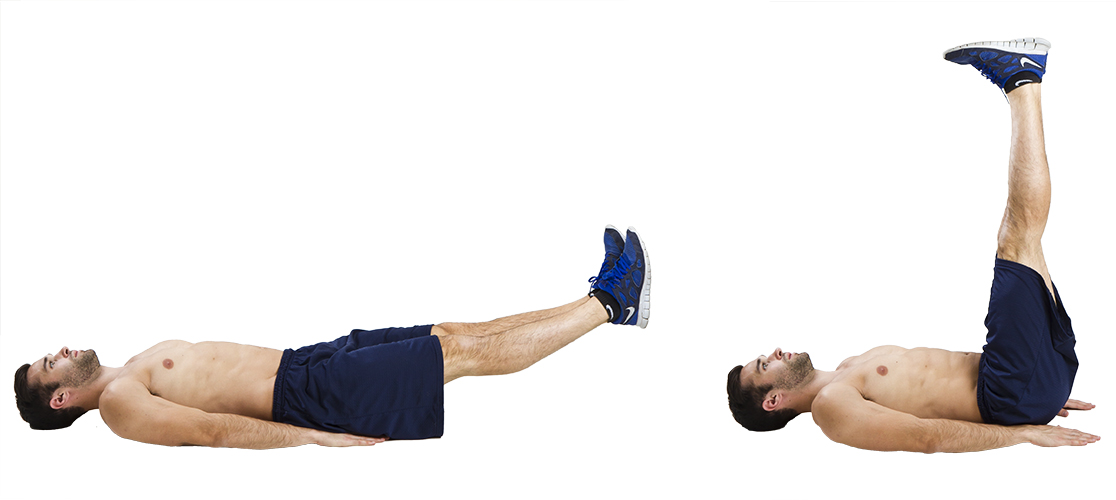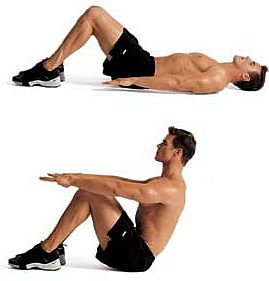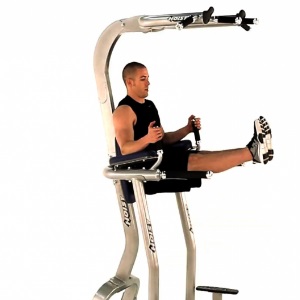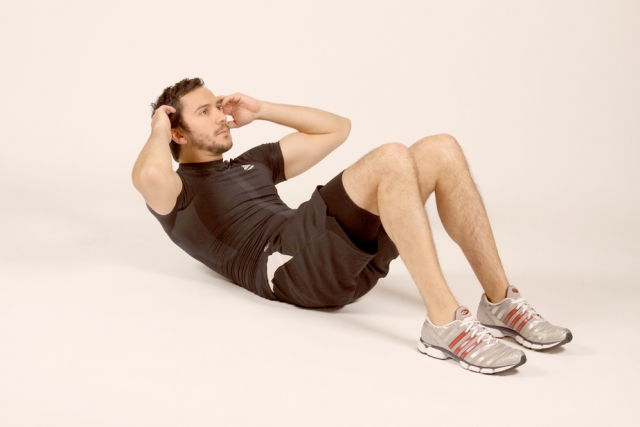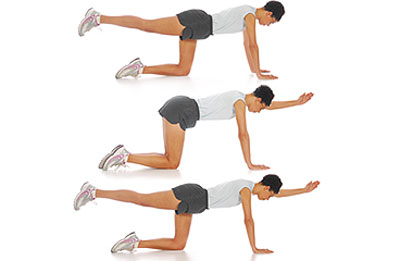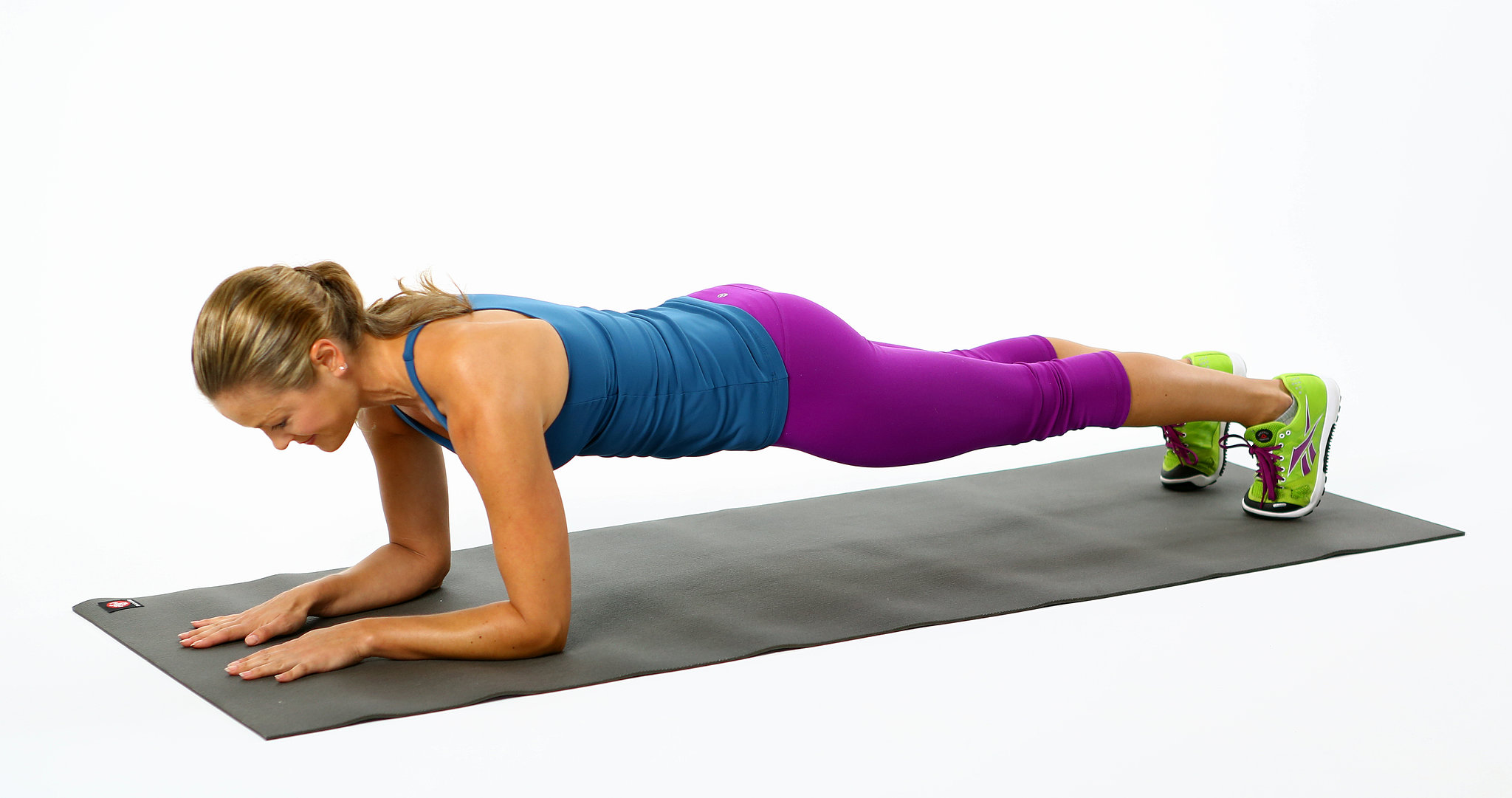There are a few reasons why your many hours at the gym don't feel as though they're paying off when you look in the mirror.
1) Too much tissue. No matter how much muscle mass you have, you'll never see defined abs like in the picture above if they're covered by a large amount of adipose tissue or fat. Try to be patient. Stick to your healthy eating and exercise regimen and you'll notice results over time. Remember, it is unhealthy to lose more than 2 pounds a week. Additionally, if your eating healthier and exercising at the same time, you may not see the number on the scale change at all. This doesn't mean that your hard work isn't effective, it simply means that you're replacing your fat weight with muscle weight. You're well on your way to a more defined body. Handy tip: you may find it motivating to take pictures of yourself each month. This way, when you compare the photos the changes your body has undergone will be much more noticeable.
2) You may be doing the wrong exercises. Many popular gym exercises like the roman chair, leg lifts, and sit ups aren't actually working your lower abs, they're working your hip flexors! Any exercise in which you are bringing your legs and chest closer together is one in which the hip flexors will likely dominate the exercise.
3) Perform more effective exercises. Activities like the forward and side plank, and bird dog typically utilize more of the abdominal muscles than the activities mentioned above. They use either a neutral spine with a neutral or extended hip, or flex the spine. The job of the lower abs and rectus abdominis ("six pack muscle") are to flex the spine forward, not bend the hip, so these exercises are able to target them better.
4) Use correct form. In our clinic, a majority of our patients present with an anterior pelvic tilt and arched lower back (see picture below). This posture is not normal and can lead to a lot of different pain problems, but it's terrible for performing abdominal and core work. One reason why is that the positioning of the skeleton elongates and inactivates the abdominals while it shortens and strengthens the hip flexors. You're literally in a faulty foundation for your gym routine. In order to perform any activity, not just abdominal ones, more effectively and with a truly "set core", you need to assume a neutral spine and pelvic position. If your exercises, including bringing your chest and legs closer together, be sure to engage your lower abs by flexing in your lower back before moving your legs or head. If your back is either on the floor or against a wall or piece of equipment during the movement, be sure your low back never pulls away from, or extends, from that support. If it does, you have lost the use of your abs. Stop the movement just short of that point in future repetitions.
Have no idea how to assume a neutral spine? Or have you tried the above recommendations and you still don't feel your abs activate? It's time for an assessment with us at Integrate 360. Let us help you understand how to assume this position and what it feels like to do your exercises correctly. Then you'll be all set to keep going with your exercises and feel confident that, with patience and consistency, you'll see your desired results!



